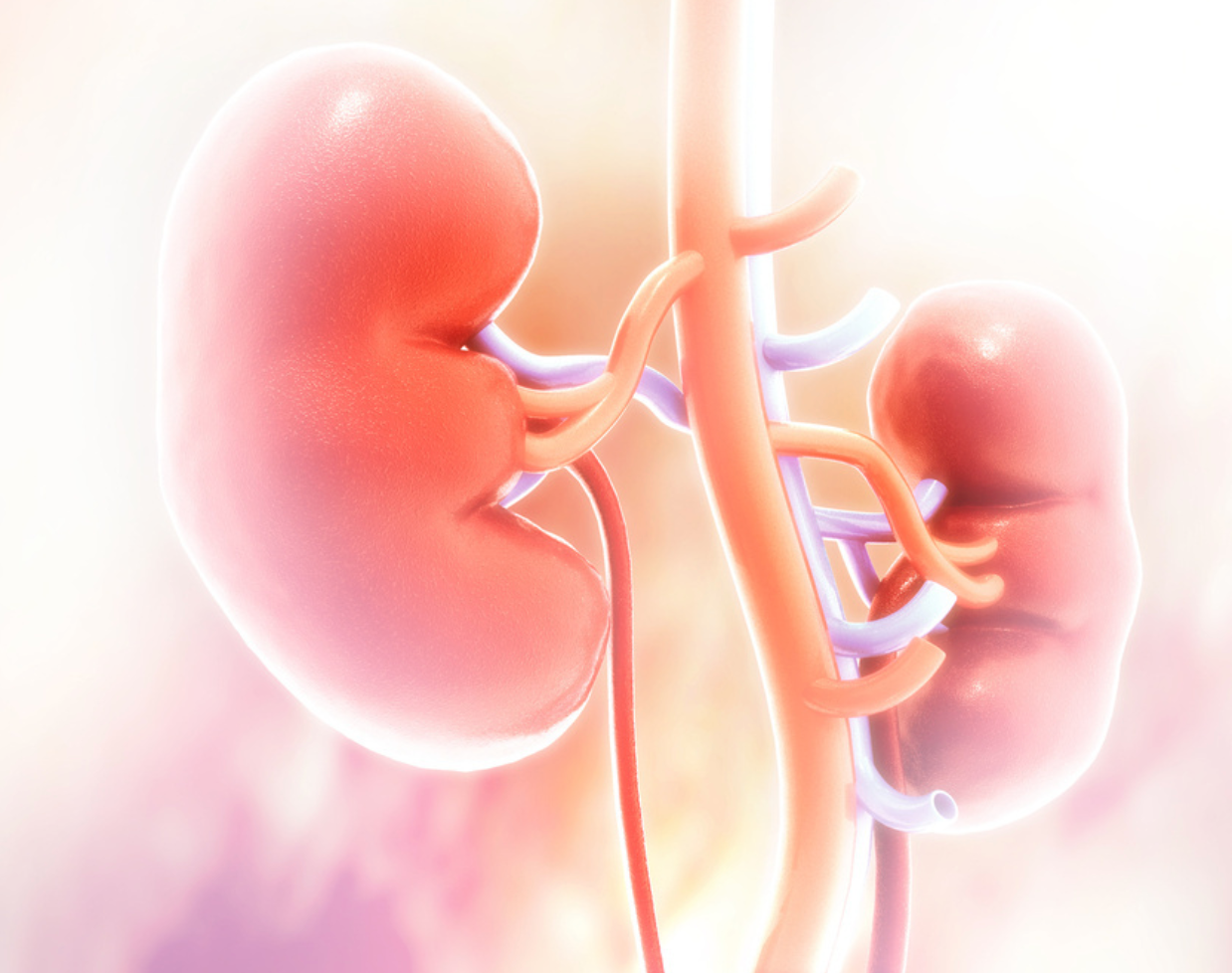
Approved by the FDA in 2021, finerenone is the only non-steroidal mineralocorticoid receptor antagonist that reduces the risk of renal disease progression and cardiovascular events in adults with type 2 diabetes mellitus-mediated chronic kidney disease.
Finerenone (Kerendia; Bayer) is approved in adults with type 2 diabetes mellitus-mediated chronic kidney disease (CKD) to reduce the risk of renal disease progression and cardiovascular events.1
Approved by the FDA in 2021, finerenone is the only non-steroidal mineralocorticoid receptor antagonist for this purpose.2 Diabetes is the leading cause of CKD and renal failure in the United States, putting patients at risk for disturbances in fluid balance, electrolytes, and normal renal elimination.1,2
In clinical trials, finerenone demonstrated efficacy related to renal and cardiovascular outcomes, regardless of patients’ history of atherosclerotic cardiovascular disease.3
Mechanism of Action
Finerenone selectively inhibits sodium reabsorption mediated by mineralocorticoid receptors.2 It also blocks mineralocorticoid receptor overexpression in kidney, heart, and blood vessel tissue; this mineralocorticoid receptor overexpression contributes to fibrosis and inflammation.2
Of note, finerenone has no clinically relevant effects on androgen, progesterone, estrogen, and glucocorticoid receptors, unlike other currently available mineralocorticoid receptor antagonists.2
Indications and Dosage
Finerenone is indicated in patients with type 2 diabetes mellitus-mediated CKD to reduce the risk of:2
- Sustained eGFR decline
- End-stage kidney disease
- Cardiovascular death
- Non-fatal myocardial infarction
- Hospitalization for heart failure
It is available as both 10 mg and 20 mg oral tablets; the recommended starting dose is based on the patient’s eGFR as indicated in Table 1.2
The target daily dose of finerenone is 20 mg, but clinicians should adjust doses based on both the patient’s current serum potassium concentration and finerenone dose.2 Finrenone’s package insert presents providers with guidance on this dose escalation.2
Patients unable to swallow whole tablets may crush finerenone and mix it with water or soft foods, such as applesauce, immediately prior to oral administration.2
FDA Approval
The randomized, double-blind, placebo-controlled, multicenter phase 3 study FIDELIO-DKD evaluated finerenone’s efficacy and safety.2,3 A total of 4674 patients participated in the study, with 2833 patients randomized to the finerenone group and 2841 to the placebo group.3
Researchers followed patients from the study for a median of 2.6 years.3 The mean age of participants was 66 years of age, 70% of patients were male, and mean eGFR at baseline was 44mL/min/1.73m.2,3 Further, 99.8% of the patients at baseline were also on an ACE inhibitor or ARB.3
Finerenone demonstrated a reduction in the incidence of a sustained decline in eGFR of at least 40%, and of cardiovascular death, non-fatal myocardial infarction, and hospitalization for heart failure.2,3 In FIDELIO-DKD, 17.7% of patients in the finerenone group had at least 1 of these events, compared to 21.1% of patients in the placebo group.3
The FDA granted finerenone both priority review and fast track designations for its application.3
Contraindications, Warnings, and Precautions
Finerenone is primarily metabolized via CYP3A4; its concomitant use is contraindicated in patients on strong CYP3A4 inhibitors. Finererone is also contraindicated in patients with adrenal insufficiency.2
Hyperkalemia is a risk associated with finerenone.Patients with elevated baseline potassium levels and decreasing renal function are at higher risk for developing hyperkalemia while taking finerenone.2
Clinicians should monitor serum potassium and eGFR in all patients before initiating finerenone and periodically thereafter.2 Clinicians should also avoid initiating finerenone in patients with a serum potassium greater than 5 mEq/L.2
Adverse Events (AEs)
In the FIDELIO-DKD clinical trial, hyperkalemia was the most frequently reported AE associated with finerenone (≥10%), followed by hypotension (4.8%) and hyponatremia (1.4%).2,3
In patients with a serum potassium greater than 5.5 mEq/mL, clinicians should withhold finerenone.2 Patients previously on a 20 mg dose should restart finerenone at 10 mg daily when serum potassium is 5 mEq/mL or less.2
For patients on a 10 mg dose who develop hyperkalemia, clinicians may also consider re-initiating at the same dose once serum potassium has normalized.2
Special Populations
There are no data on the use of finerenone in pregnancy. Clinicians should advise women that breastfeeding is not recommended at the time of treatment with finerenone and for one day following treatment.2
About the Author
Lisa E Ruohoniemi, PharmD, is a clinical staff pharmacist at LewisGale Hospital- Montgomery in Blacksburg, VA.
References
- FDA approves drug for chronic kidney disease. U.S. Food and Drug Administration. https://www.fda.gov/drugs/news-events-human-drugs/fda-approves-drug-reduce-risk-serious-kidney-and-heart-complications-adults-chronic-kidney-disease. Published July 9, 2021. Accessed March 7, 2022.
- Kerendia. Prescribing Information. Bayer; 2021. Accessed March 7, 2022. https://labeling.bayerhealthcare.com/html/products/pi/Kerendia_PI.pdf
- Filippatos G, Anker SD, Agarwal R, et al. Finerenone and Cardiovascular Outcomes in Patients With Chronic Kidney Disease and Type 2 Diabetes. Circulation. 2021;143(6):540-552. doi:10.1161/CIRCULATIONAHA.120.051898
"type" - Google News
May 24, 2022 at 08:37PM
https://ift.tt/eKGFkYU
Clinical Overview: Finerenone for Chronic Kidney Disease Associated With Type 2 Diabetes - Pharmacy Times
"type" - Google News
https://ift.tt/hMlsZP5
https://ift.tt/DkwXU0i
Bagikan Berita Ini














0 Response to "Clinical Overview: Finerenone for Chronic Kidney Disease Associated With Type 2 Diabetes - Pharmacy Times"
Post a Comment